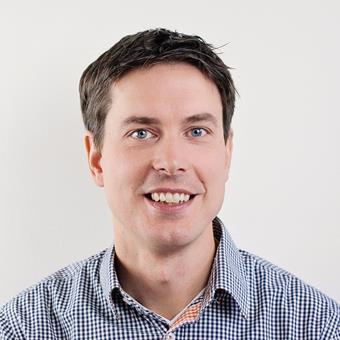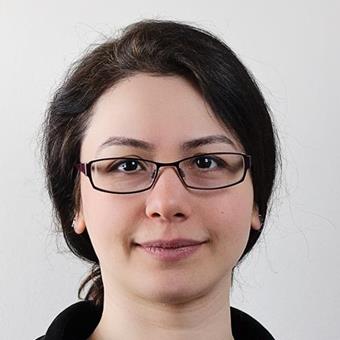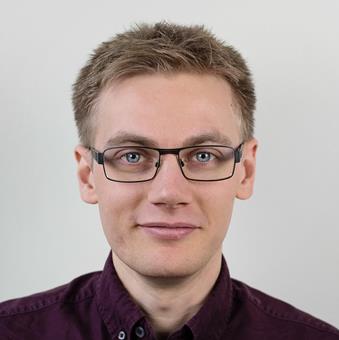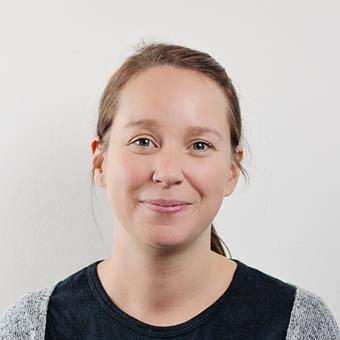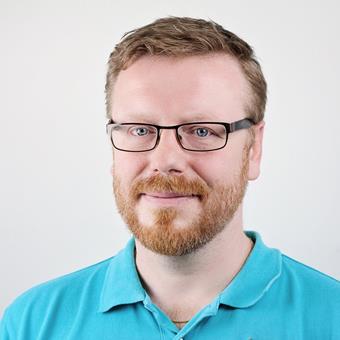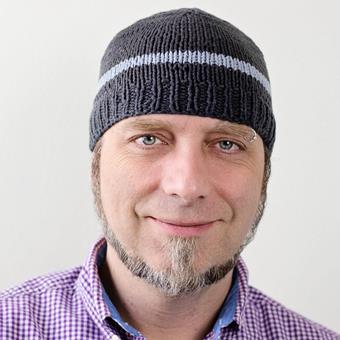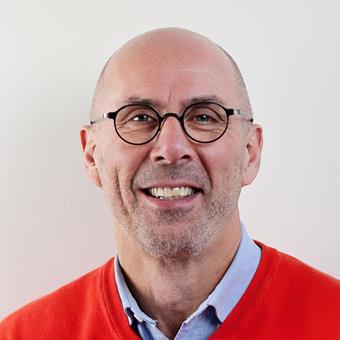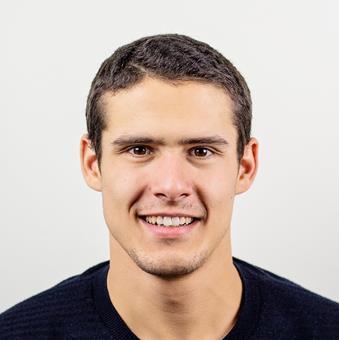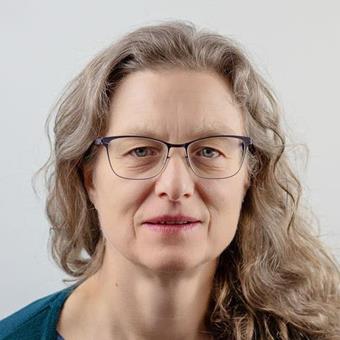My research group uses optical techniques to quantify blood flow and tissue status in the microcirculation. We use visible light or near-infrared light illuminating the tissue. The backscattered light is analyzed in various ways to assess the tissue blood flow and oxygenation. To determine the blood flow, we utilize the Doppler Effect, describing the frequency change of light when scattered by a red blood cell moving with a certain velocity. This principle has been the basis for research in the Department during more than 30 years, and we are world-leading within Laser Doppler Flowmetry. We collaborate with Perimed AB, Järfälla, in developing, manufacturing and marketing the result of the research. Perimed AB is a spin-off from the Department's research in the 1980s.
The hemoglobin oxygenation is determined using white light illumination and studying the backscattered light spectrum (intensity at different wavelengths).
We use advanced mathematical models for light transport in strongly scattering media such as human tissue. Light transport in tissue is calculated using Monte Carlo techniques utilizing powerful computers for simulating random walks in realistic tissue models. We apply these methods to the skin having multiple layers with varying optical properties. The calculations are used to estimate vital tissue parameters describing skin physiology such as blood amount, oxygenation and the microcirculatory blood flow. A novelty is that these parameters are assessed in absolute units.
I also do under- and postgraduate teaching. Undergraduate teaching is within lung physiology and -measurements, which was the subject of my PhD-thesis, and within biomedical signal processing. Graduate teaching is within statistical data analysis and biomedical optics methods and principles.



